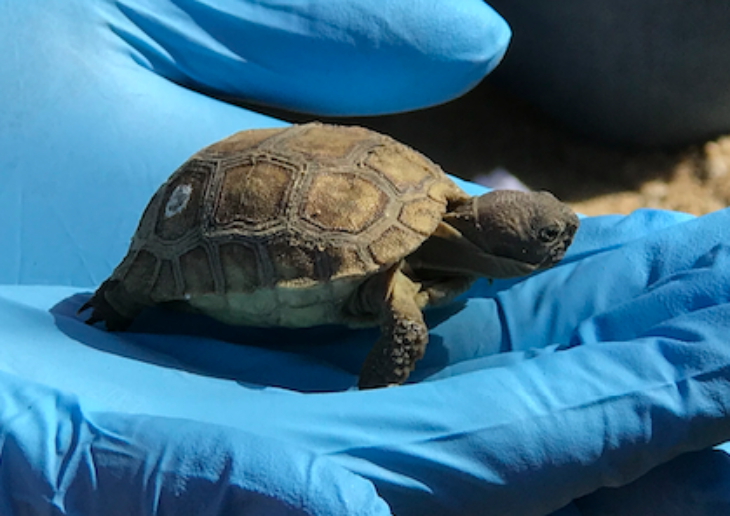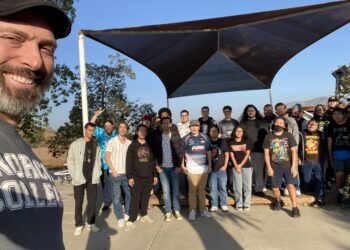For students with a passion for nature at Copper Mountain College, learning the ropes in CMC’s Environmental Studies certificate program will help open the doors to career fields such as resource management, forestry, soil conservation, environmental disasters, ecosystem management, and more.
Plus, thanks to the college’s ideal location, comprehensive internship opportunities are abundant. Notable internship programs include the Joshua Tree National Park internship and the prestigious Minerva Hoyt Internship.
Minerva Hoyt intern Kaeliegh Watson currently works with Joshua Tree and Big Morongo Canyon Preserve. The internship is funded by the Pasadena Garden Club and is administered by the Joshua Tree National Park Association. The club recently approved funding for five more years of the internship.
“One word I would use to describe my internship is fulfilling,” Watson says about her time in the valuable position.
“I regularly visit the National Park and have lived in Joshua Tree all my life, so it was an amazing experience working with their staff and becoming more familiar with the park on a deeper level.”
Through the internship, Watson is learning the skills to continue climbing toward her career goals in the Environmental Studies field, with a special interest in Ecology.
“My ultimate career goal is to gain experience in as many different environmental fields as I can to protect and preserve nature,” shares the proud student.
“This internship is helping me achieve this goal by giving me experience in botany and further developing my skills in fieldwork, scientific research, and data entry. This skill set will be useful in any environmental field I work in.”
Internship opportunities aren’t only preparing CMC students to thrive in their future careers in environmental science, but also supplying the surrounding parks with a steady pipeline of talent who are ready to get their hands dirty.
“This is partly to advertise our program and get it out there in the community,” Delaney says about the internships at hot spots like Joshua Tree National Park and Big Morongo Canyon Preserve, part of the Sand to Snow National Monument.
“We get students entry-level or research jobs in the National Parks and exposure to environmental professionals to learn how they think, what they do, to see if they would like to do that as a career, and they get credit for that experience.
“It often launches students into other things like the four-year degree programs at nearby universities.”
According to statistics from the National Park Service, Joshua Tree National Park has welcomed more than six million visitors over the past two years. Now more than ever, environmental science professionals are essential in overseeing the protected land.
“It’s an industry,” describes Dr. Delaney. “I don’t think people realize that. Especially around endangered species because you can’t do anything without surveying for them.
“All these things take people to do them. There are jobs that are maybe not well known, but they exist.”
You can learn more about the Environmental Studies and Desert Studies program at CMC by
visiting their webpages.



